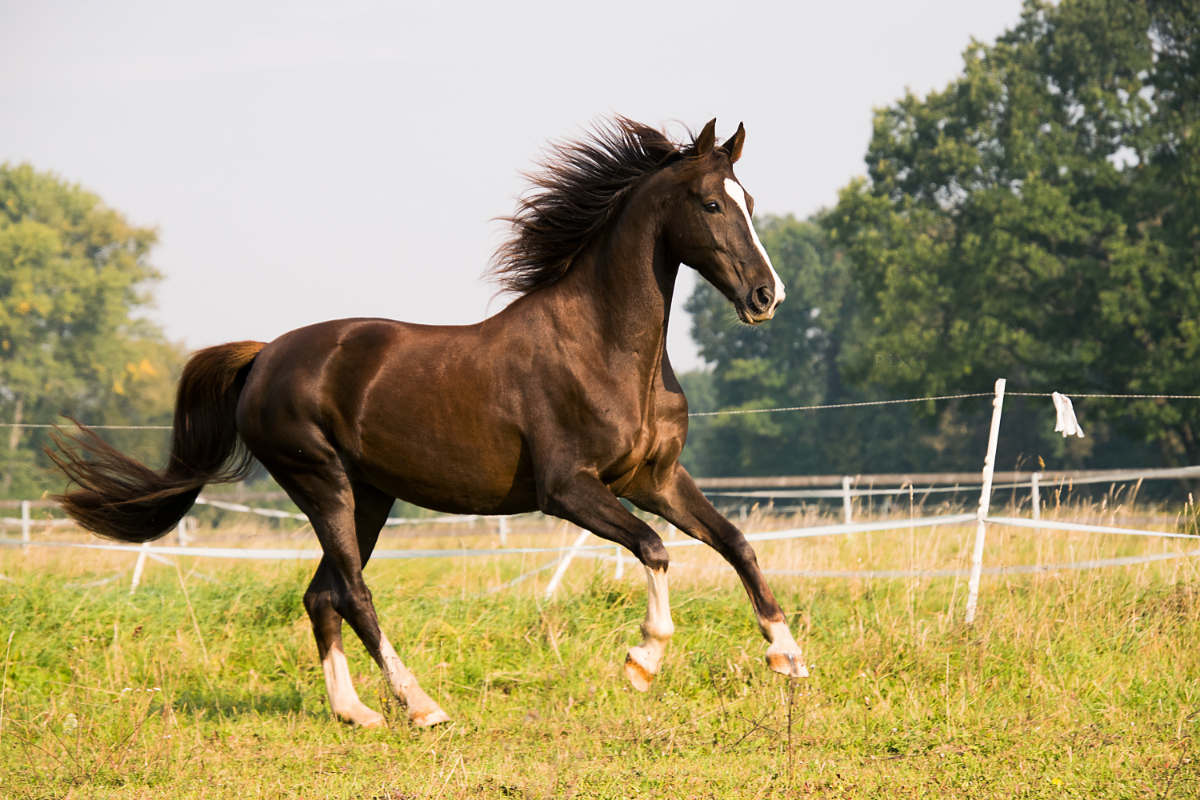Recurrent Summer Dermatitis in Equines
Recurrent equine summer dermatitis (RESD ) is a chronic, itchy skin condition that affects many horses, ponies and donkeys. Characterised by intense itching and skin lesions, this seasonal condition can become a real nightmare for equine owners. In this article, we explore the causes, symptoms, diagnostic methods, available treatments and preventive measures to combat this … Read more







